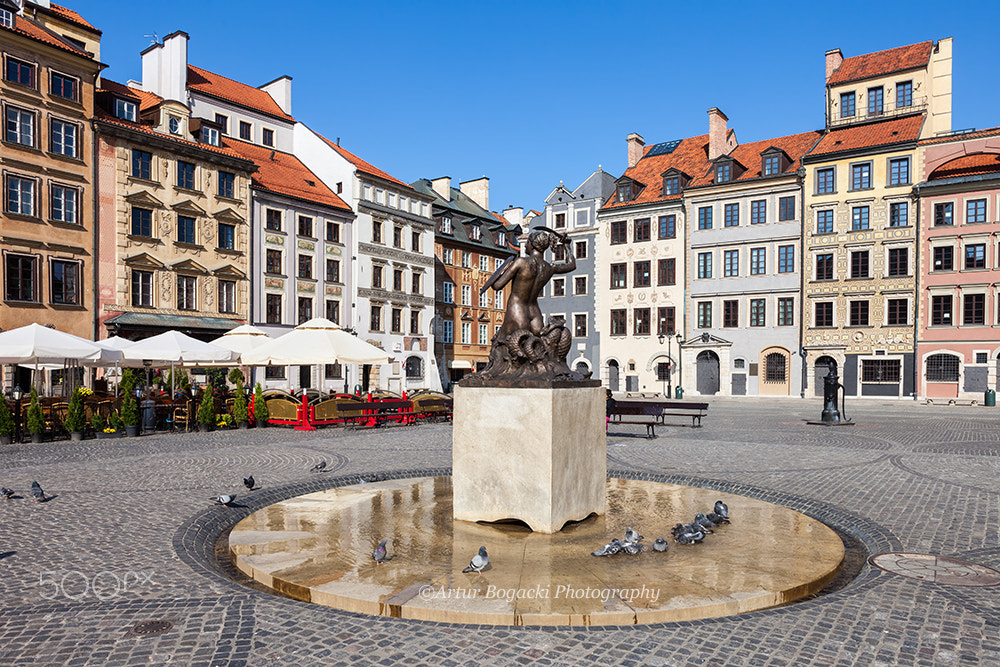Accurate acrylic paint blending is a skill built on patience, sharp observation, and a structured process

Start by identifying the base colors you need to replicate
Look closely at your reference color—this could be a photograph, a fabric swatch, or a real object
Pay attention to its underlying hues, lightness, and intensity
Colors rarely exist as pure tones—almost always, they’re complex blends of several base colors
Build your color from light to dark, adding intensity bit by bit to avoid over-darkening
As acrylics dry, their color deepens; always mix slightly lighter than your final target
It’s wiser to mix excess paint than to stop midway and try to replicate it later
Running out mid project can make it difficult to recreate the exact shade later
Use a clean palette and a palette knife for blending
Brushes are inadequate for thorough blending—they trap color and create inconsistent streaks
Blend until the color is completely homogenized—no lines, no spots, no patches of raw pigment
Test your mixture on a scrap surface that matches your final surface—this reveals how the color will look when dry and under real lighting
Natural daylight is the best light source for evaluating color accuracy
Don’t rely on standard bulbs; instead, use a full-spectrum LED or fluorescent lamp
Avoid relying on your screen or phone display, as colors can appear different due to screen calibration
Step back from your work periodically and squint your eyes
It allows you to perceive the color’s true balance, not its surface imperfections
Keep a detailed log of every pigment and its proportion
Track your formula with specificity: "3:1:0.5 ratio of titanium white, burnt umber, and crimson"
A well-kept log is the key to consistent, repeatable results across projects
Fine-tuning with tiny increments is how professionals achieve flawless matches
A touch of the opposite color on the wheel subtly neutralizes without dulling the value
For instance, a tiny bit of green can neutralize an overly red tone
Color matching improves only through consistent, deliberate practice
Color matching is a skill that improves with experience
Create a reference binder with swatches, names, and exact ratios
You’ll learn which colors dominate, which mute, and which shift when dried
Achieving flawless matches takes time, not talent
Most pros don’t expect to get it right immediately—they iterate until it’s perfect
Relax your mind, rely on your perception, and site (forums.vrsimulations.com) follow the color’s natural evolution

